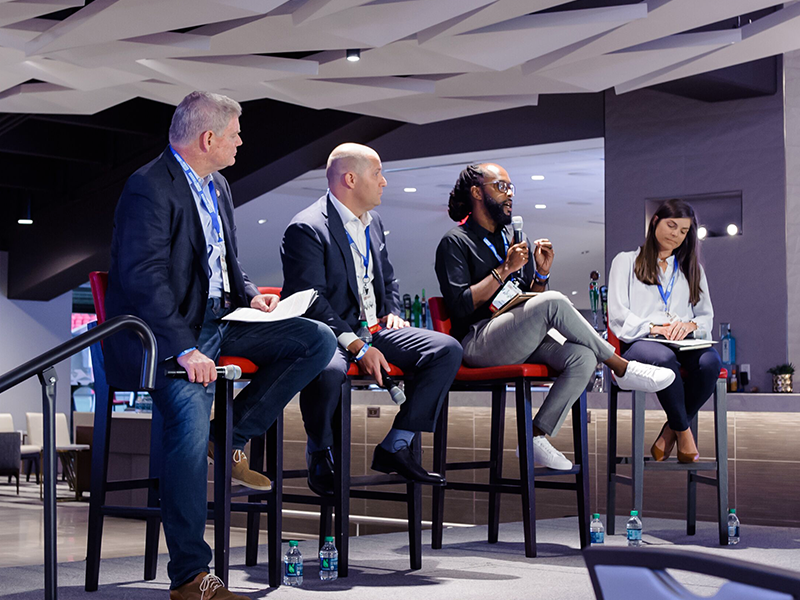
Introducing an Innovative New Way for Those in Poverty to Find Work
Introducing an Innovative New Way for Those in Poverty to Find Work

Government, particularly at the federal level, can only do so much to help those who are struggling in poverty to lead stable lives. We know instinctively that real change happens at the community level, when individuals, businesses, nonprofits, churches, and schools come together in the joint mission of lifting people out of poverty, giving them purpose, and strengthening the local economy.
That’s the theory behind Georgia Center for Opportunity’s Hiring Well, Doing Good (HWDG) initiative. HWDG brings together individuals seeking jobs with employers who need good workers and nonprofit community organizations who serve those in need.
Here’s the exciting news: Until this point, HWDG was all about one-on-one, face-to-face interaction. As a result, there was a natural limit to the number of people we could reach.
Announcing the HWDG online portal
The great news is that we’re taking the one-on-one interaction that makes HWDG so special and effective and scaling it online. In the coming weeks, we’ll be launching a new online portal website for HWDG as a pilot test in Columbus before scaling to other Georgia cities later in 2020, including South Gwinnett.

Individuals start with the HWDG online assessment tool to identify their barriers. The portal then shepherds them through the process and connects them with wrap-around services to remove their employment barriers and then directly with employers eager to hire.
Employers who participate benefit by getting a steady stream of committed, reliable workers ready to contribute.
“We couldn’t be more excited about the launch of HWDG’s online portal,” said Eric Cochling, Chief Program Officer and General Counsel for GCO who is also heading up HWDG. “This gives us a unique opportunity to reach underserved areas and treat individuals holistically. We know that a well-paying, upwardly mobile job is a key factor in well-being. But the benefits of work extend so far behind that—it provides a sense of purpose and contribution to one’s family and broader community.”
What makes the HWDG portal unique
It would be a mistake to think of the HWDG portal as just another Monster.com or Indeed.com. What makes this portal unique is the fact that it addresses the individual from multiple sides.
We’ve actually vetted and worked with the full spectrum of local resources to ensure that peoples’ barriers are addressed and resolved. We match a specific individual to help for a specific barrier they’ve experienced that’s preventing them from getting a job.
That’s what really excites us. Other services only have one side of the equation—linking an individual with a job. But that’s not treating people like people. The wrap-around services provided by the HWDG portal remove the barriers that make employment difficult.




